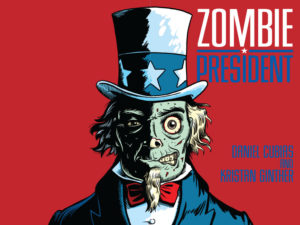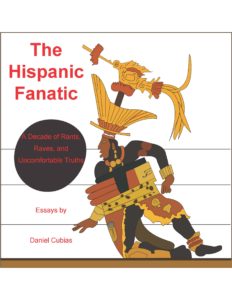For decades, saying that you were Hispanic was analogous to saying, “I’m Mexican.” That’s no longer true, of course (and I’m not referring to the whole “Chicanos are different from Latinos” debate). Rather, Hispanic culture, like everything else in America – except for the Deep South branch of the Republican Party – has grown and evolved.
Recently, the Pew Hispanic Center issued a report revealing where all these foot soldiers in the Brown Invasion are coming from. As you can imagine, the top two demographics – the Beatles and Stones of Latino culture – are Mexican-Americans and Puerto Ricans. This is hardly a surprise, nor is the third-place finisher, Cuban-Americans, a shocker. As I’ve written before, Hispanic culture in the United States has often been relegated to East LA Chicanos, Nuyoricans, or Miami-based Cuban émigrés.
I was surprised, however, that number four on the list of Latino countries of origin is none other than my family’s homeland: El Salvador. The Dominican Republic comes in at number five.
These five countries account for the vast majority of Latinos in the United States, which isn’t so shocking when one considers that Mexican Americans alone account for more than sixty percent of the Hispanics in the United States.
The Center breaks down the traits of each group and contrasts them “with the characteristics of all Hispanics and the U.S. population overall.” That’s how I found out that Latinos who claim El Salvador as their country of origin are younger than the U.S. population but older than other Hispanics. I also found out that such Latinos have less education than other Hispanics, but they’re not as likely to have out-of-wedlock births. These are categories, of course, that no one wants to be tops in.
One thing caught my eye when going over the Center’s stats, however. People who responded to the survey were free to pick their country of origin, with few guidelines. As a result, the Center points out that “a person born in Los Angeles may identify his or her country of origin as Mexico. Likewise, some people born in Mexico may identify another country as their origin depending on the place of birth of their ancestors.”
So when it comes to counting Hispanics, it’s still an imprecise science.






